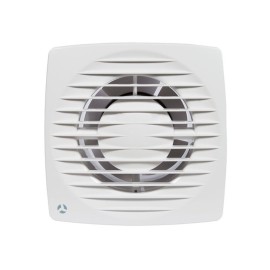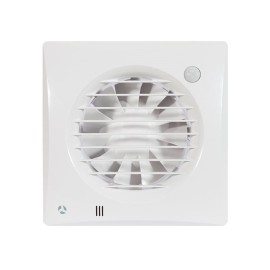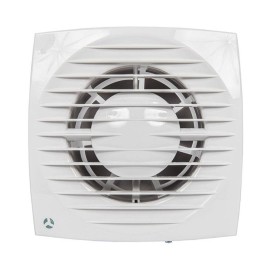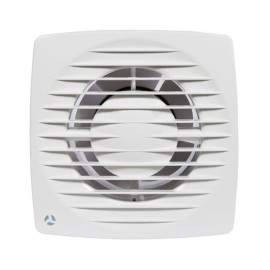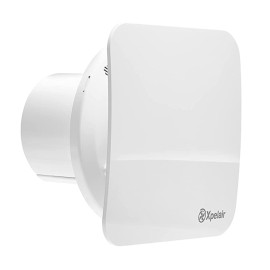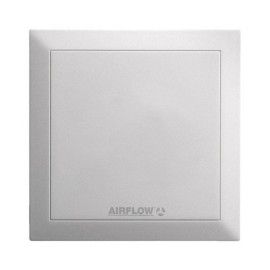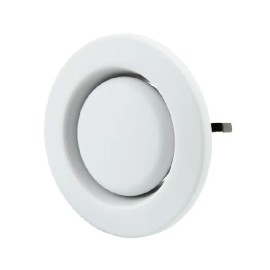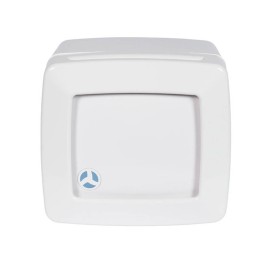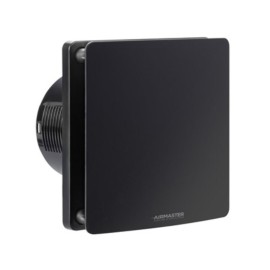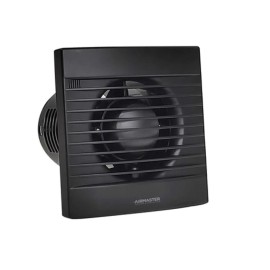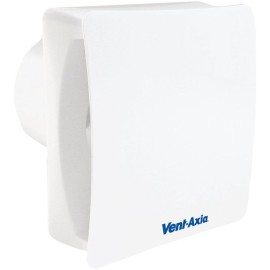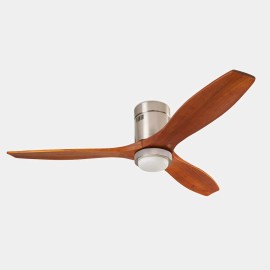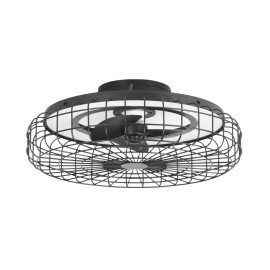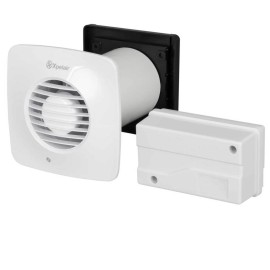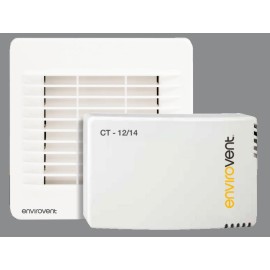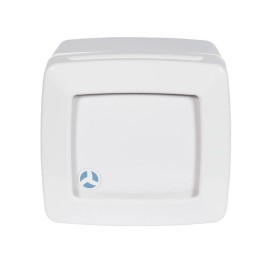
The Causes and Effects of 'Toxic Home Syndrome' and how to Combat it
It is estimated that over 15.3 million homes in the UK are at risk of ‘Toxic Home Syndrome’ (THS), a condition that occurs where there is an excess of airborne pollutants. These pollutants can have adverse health effects on the residents of a home suffering from it. Thankfully, Airflow offers a wide range of residential solutions. They are one of the UK’s leading manufacturers of ventilation products for all types of homes and properties. They have been innovating in the field of ventilation for decades - since they started out in 1959. Their first product that made waves in the industry was the Loovent, which went on to become a best-seller. Since then, they have continued to excel in bringing out top-of-the-range ventilation solutions. The causes of ‘Toxic Home Syndrome’ John Kelly, the Marketing Manager at Airflow Developments, has emphasised the importance of quality indoor air to the health of occupants. Toxic Home Syndrome is extremely widespread and the reasons become clear when you look at the causes of this issue - they are hard to avoid. THS is triggered by the buildup of airborne pollutants and moisture in the air - these are called ‘volatile organic compounds’ (VOCs). Condensation is one of the main culprits when it comes to indoor pollutants that negatively impact our health. Water vapour produced by condensation encourages the growth of mould and damp, which creates uninhabitable indoor spaces. Mould and fungi are major triggers for asthma sufferers, who are also vulnerable to other VOCs such as house dust mites, pet dander, pollen and humid air. All of these conditions come about as a result of poorly ventilated homes. It is not just natural occurrences - such as condensation - that cause THS; many other factors are man-made. Everyday activities such as cooking, showering and even breathing contributes to the noxious air that leads to THS (see more on the Toxic Home Syndrome here). It is crucial that you avoid unknowingly go about living in a home suffering from THS. The repercussions on your health could be disastrous. The effects of Toxic Home Syndrome John Kelly has underlined findings of the Royal College of Physicians (RCP) and the Royal College of Paediatrics and Child Health (RCPCH). The report is entitled ‘Every Breath We Take: the lifelong impact of air pollution’. The report suggests that severe health conditions such as cancer, asthma, heart disease and even obesity can all be attributed to the cleanliness of the air we breathe on a daily basis. The problem of THS is compounded by the average modern lifestyle. Most houses are now fitted to be eco-conscious, with improved levels of insulation effectively sealing off the building. The cost of increased insulation is stagnant, VOC-filled air within our homes. These compounds, along with other pathogens, are directly linked to long-term respiratory conditions. How we can combat Toxic Home Syndrome with Airflow fans? We should all be aware of the risks of VOCs, and ensure that we keep high standards for the quality of our indoor air. Social housing providers also have a legal responsibility to take affirmative action to protect their tenants from this problem. As stated before, Airflow made waves in the ventilation industry with the Loovent. This ventilation unit is a powerful and subtle centrifugal fan with a modular design. Other Airflow products such as the iCON60 fans are also well-suited for both standard homes and social housing. This is because these fans are specifically designed to be efficient in large areas, for instance, in residents lounges. This great range minimises heat loss and back wind, and blends discreetly into any building interior. The QuietAir range is worth consideration, as it was designed to perform at efficient levels of extraction, with minimal sound levels of only 25 dBA. The Airflow QT100 is a product well worth looking into if you are ventilating social housing. It can have an adjustable humidity and timer, with a delay start of two minutes and the ability to run on only 5 watts. Meanwhile, there is the iCONstant ventilation fan which sounds off at a quiet 21dBA and has the option of a humidity sensor, which adds to its eco-efficiency. The importance of keeping your homes’ air healthy The report from the RCP emphasises the importance of keeping our homes free from airborne pollutants. People now spend an estimated 90% of their time indoors, and research indicates pollutant levels are five times higher indoors than they are outdoors (approximately). Effective ventilation is therefore essential to the well-being of occupants. More on the Sick Building Syndrome via NHS here. Social housing providers have a responsibility to ensure that all their properties have adequate ventilation to protect their residents. Airflow is the perfect solution for social housing providers and home-owners alike. They have been tackling the detrimental effects of bad indoor air quality for decades now, and have never stopped innovating in this time.




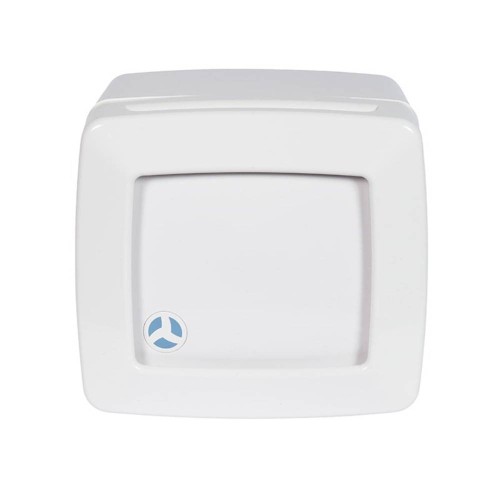
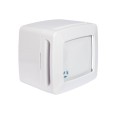

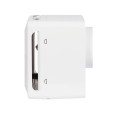
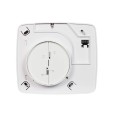



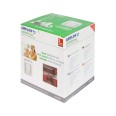

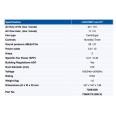

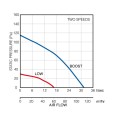


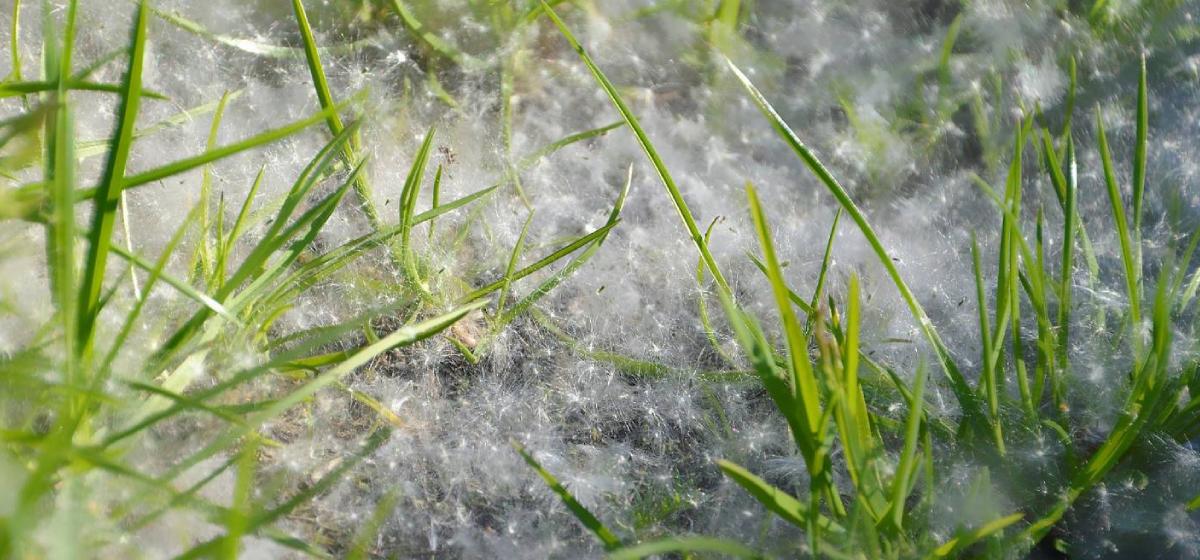
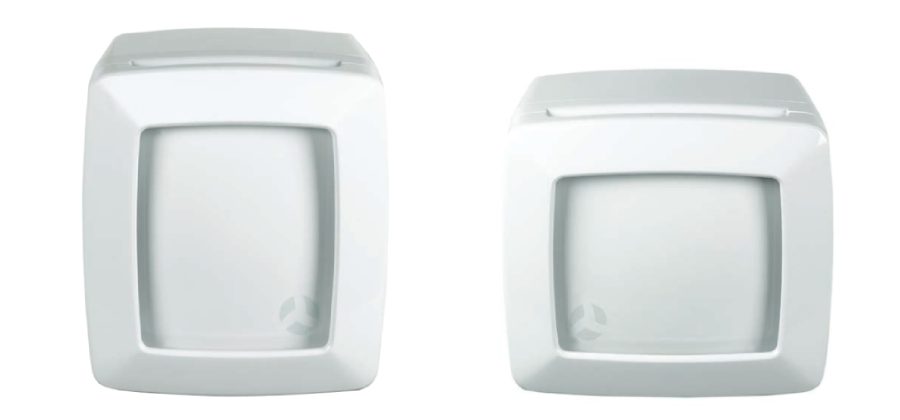
.jpg)
